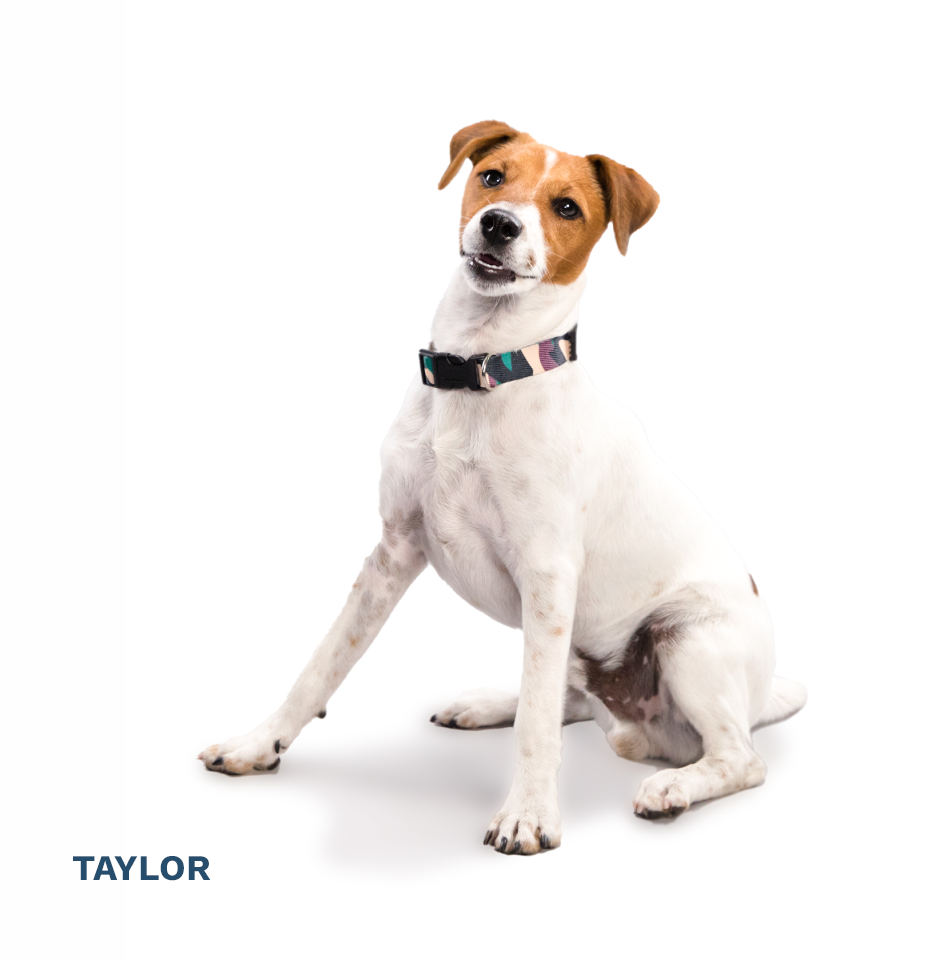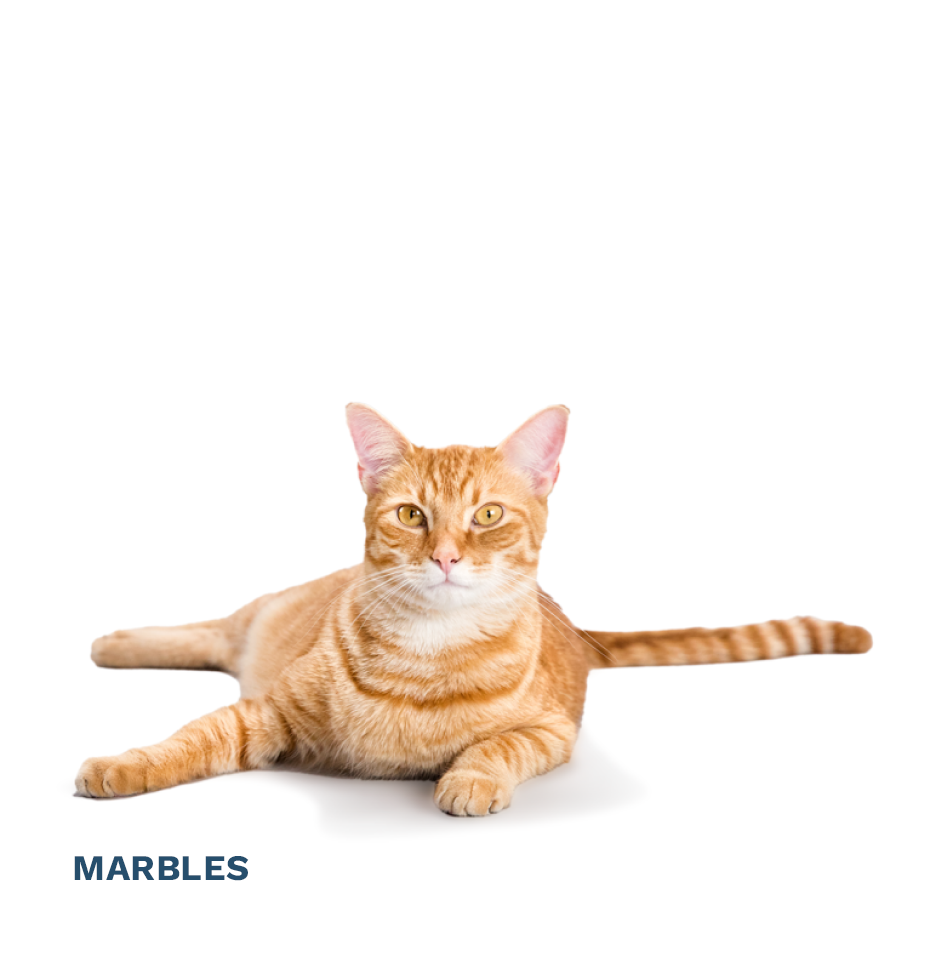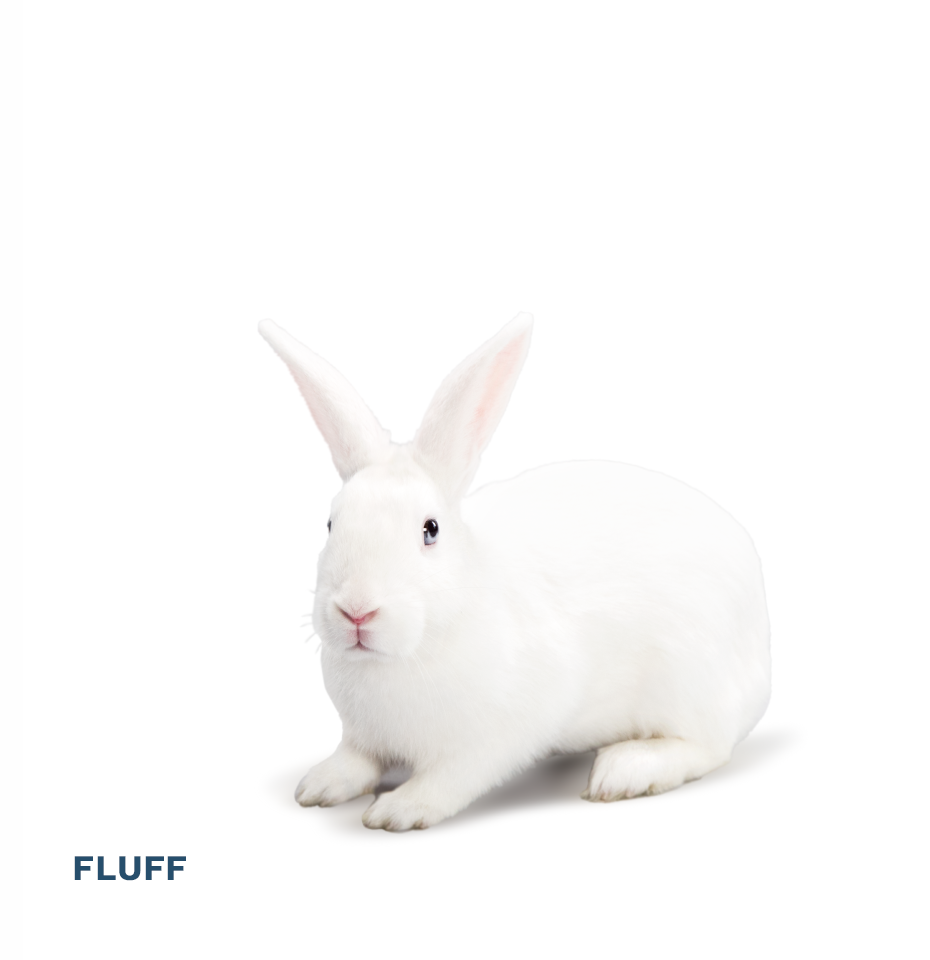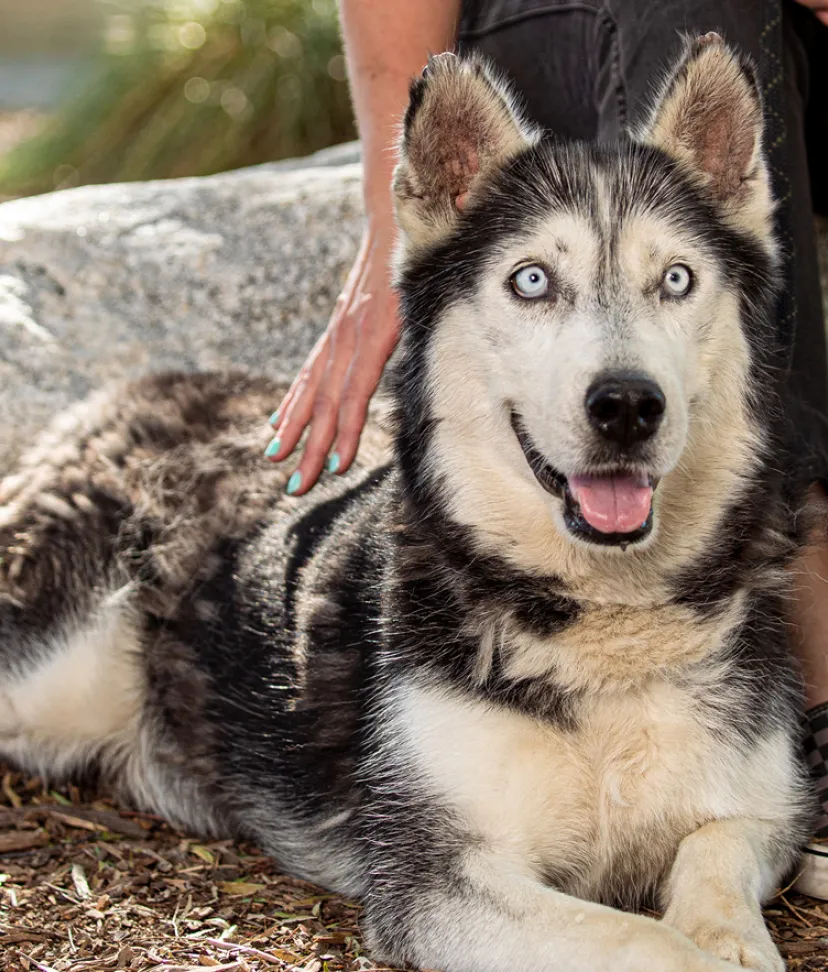
Dog Owner Resources
Understanding your dog's behavior can lend to a happier home for you and your pet. Some of this information may surprise you.
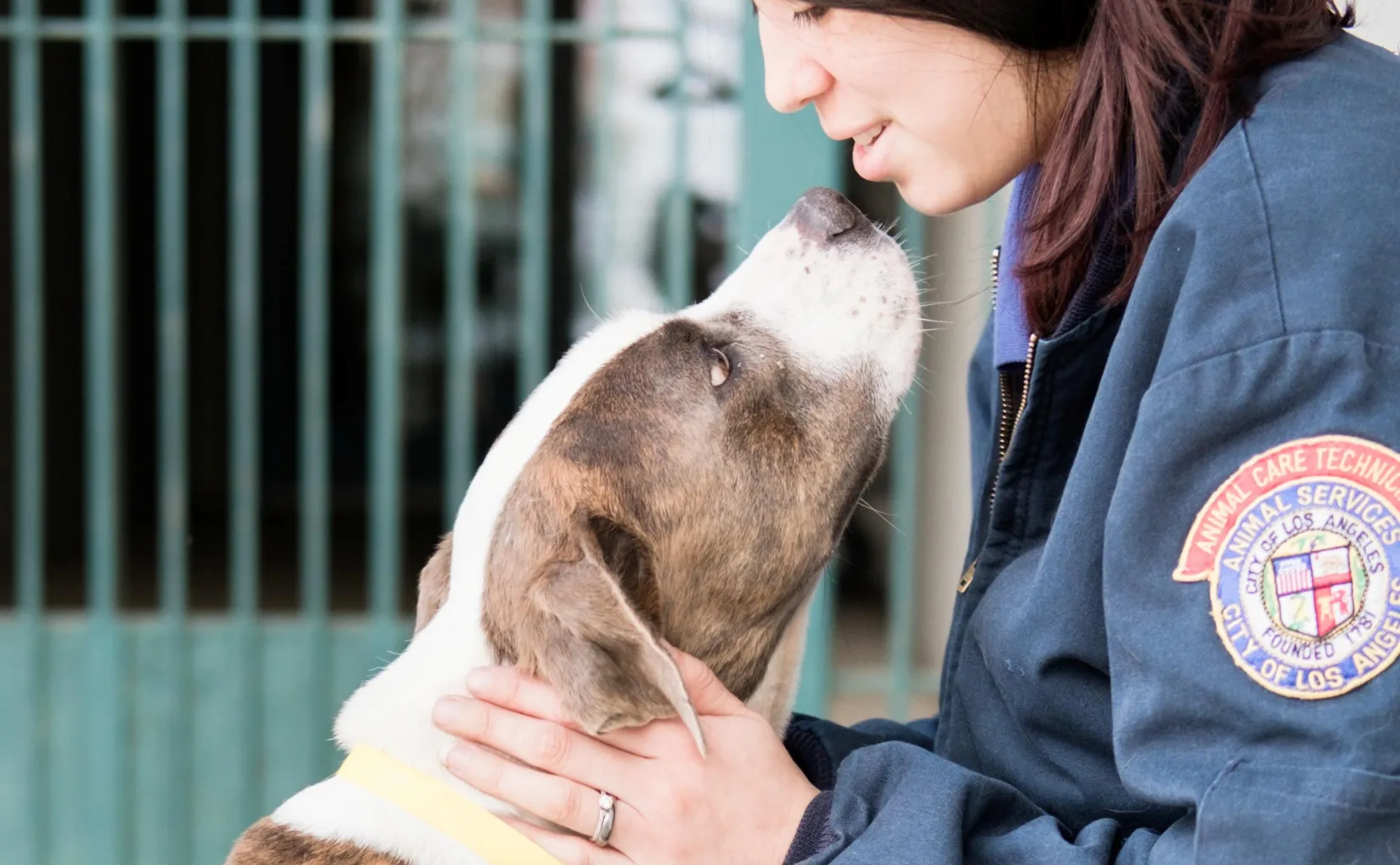
LA Animal Services has created a Pet Resource Guide and a Community Resource Guide to provides information on different resources and services available through LA Animal Services, and lists organizations throughout Los Angeles and their available programs and services who serve LA City residents
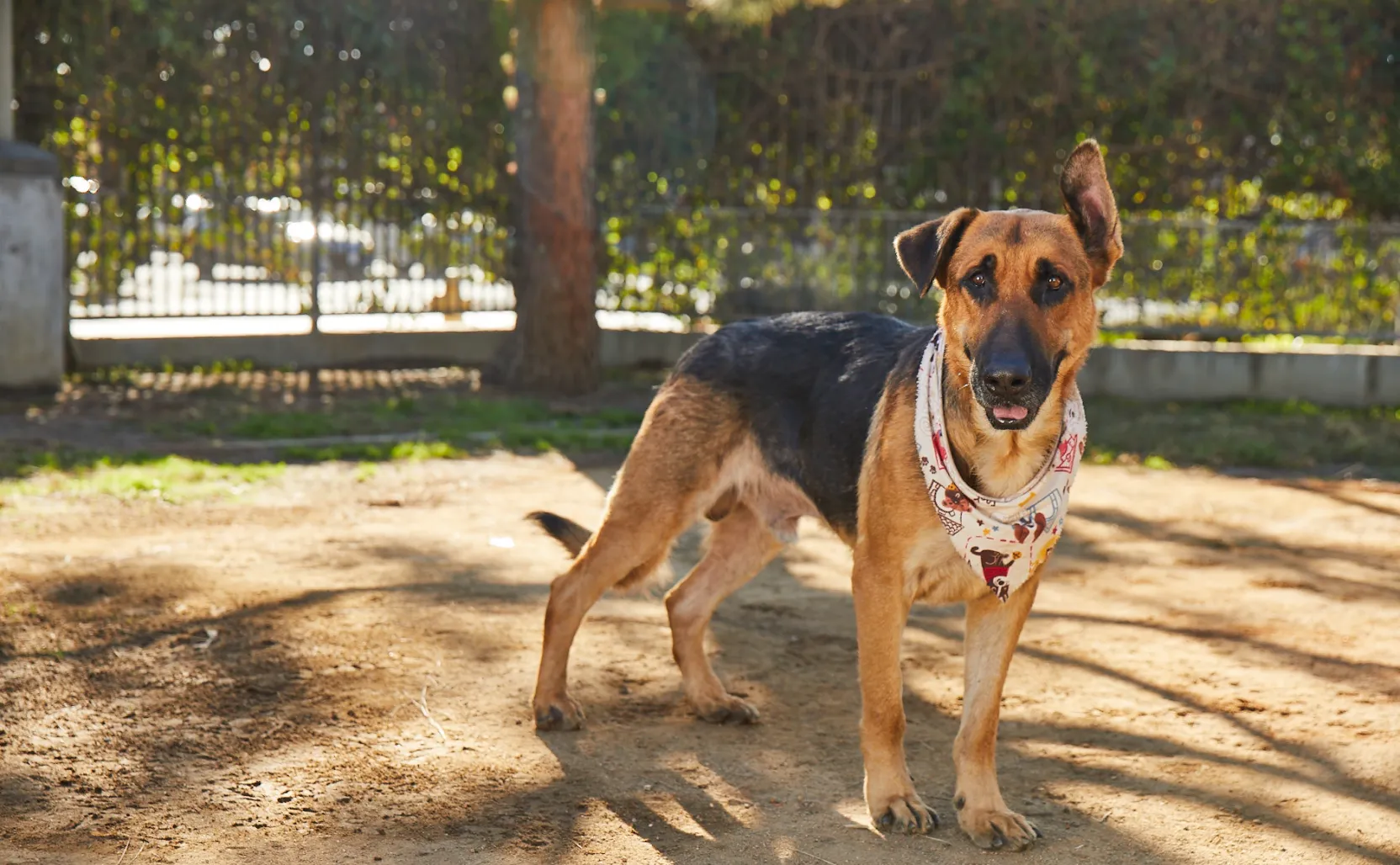
Dogs communicate by using at least ten different types of sound, ranging from whimpering to growling. By varying the tone of these sounds, they can express no less than 39 different meanings. The sound that usually is successful in getting the most response is barking.

When adding a new pet to your family, there are many practicalities to consider. Would you like a new furry baby who requires frequent meals and lots of training, or are you looking for a mature pet whose personality is known to the staff and volunteers, whose size and appearance will not be a surprise?

Barking is normal and the way that your dog communicates, however, when problems such as escaping and excessive barking result in neighborhood disputes, your dog’s barking problem can become a “people problem.” However, continual barking for long periods of time is a sign that your dog has a problem that needs to be addressed.
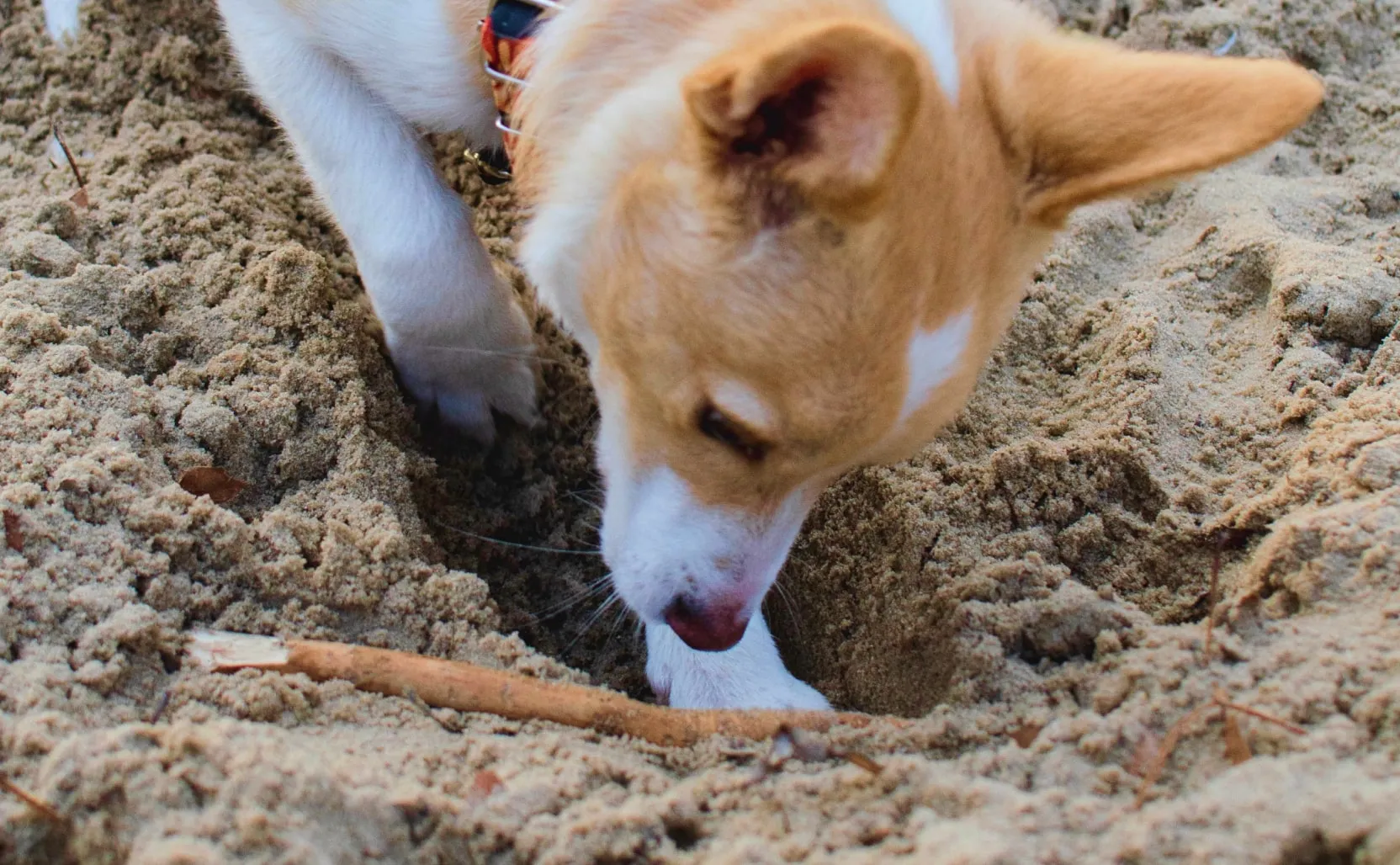
Digging is a normal behavior for most dogs. Keep in mind, dogs don’t dig out of spite, revenge or a desire to destroy your yard. The most effective approach to control your dog's digging is to address the cause of the digging, rather than creating local aversions.
More Strategies For Improving Behavior
Again, through understanding and working with your pet, you can create a happy home for the both of you.
Finding a good dog trainer is not always as easy as it seems. While most dog trainers may be very good, there are some factors to consider which include your training goals, the specific needs of your dog as well as the amount of time you can devote to training. The following are a few of the methods a dog owner can use to select a well qualified trainer to assist him in training his dog.
One of the easiest ways to narrow your search down to a few dog trainers is to ask for recommendations from friends or family members. These opinions might be especially when they share the same training goals as you. For example, if you wish to compete in obedience trials with your dog and have a friend or family member who has enjoyed a great deal of success in the obedience ring with his dog, you might want to consider the trainer with which he works. Or if you have a dog with a specific issue, such as aggressiveness or timidity, you might consider consulting a friend or family member who worked with a dog trainer to help his dog overcome these issues. Asking for recommendations from friends or family members is an ideal option because they are very likely to provide you with a candid evaluation of the trainer’s abilities, training techniques and professionalism.
It is important to note that not all dog trainers teach only basic obedience and manners. There are also dog trainers who train dogs for other avenues such as the show ring, flyball, agility, competitive obedience, disk dogs or dock dogs. Dog owners who have an interest in these types of activities will likely find asking other dogs owners who have dogs who excel in these activities for recommendations for a trainer is an excellent idea to find a well qualified trainer. This can be accomplished in a number of ways. The dog owner may begin attending these competitions to meet others who share their interests. Once they get to know these other dog owners and their dogs, they can decide which ones they wish to ask for recommendations. Some of the competitors may have trained their dog on their own and may be willing to offer you some training advice while others may have relied on the assistance of a professional trainer and can offer you a recommendation for the trainer they used as well as an honest opinion about this trainer’s abilities and qualifications.
Finally, dog owners who are looking for a good dog trainer may want to meet with and interview several different dog trainers. You can start off by simply looking up dog trainers through an online resource. If you decide to meet with a particular trainer, you can ask him more specific questions about his qualifications, past experiences and training techniques. The answers to these questions as well as your overall impression of the dog trainer can aid you in the decision making process.
The following are some helpful tips to help reduce your pet’s separation anxiety:
- Take your dog out for a long walk, a run, or a playful romp in the morning and evening. This will leave them feeling more content and relaxed.
- Your animal companion knows the departure clues when you put on your shoes, turn off the TV, and grab your keys and belongings on your way out. Making the routine a little less obvious can help reduce anxiety, and leaving quietly may also reduce your pet’s stress level. Put on your shoes and pick up your bag and walk back to your favorite chair and sit down; and try putting your keys in your pocket an hour before you leave.
- Prepare a special treat to stuff into a durable rubber toy, a Kong or similar toy would work best. Fill it with your pet’s favorite treat, or tasty fillings you may find in pet stores. Give them the special “GoodBye” stuffed toy when you leave and then be sure to pick up and put the treats away when you get home. Food-motivated animals will focus on the special treat items and not on your departure. You can even freeze the filled rubber toys to make them last longer.
- Create a safe, secure room or space for your dog while you are away. Include their bedding and favorite toys, and provide some normal household sounds by playing a radio or tape of voices and music. Use this room to practice departures and quick returns, with rewards for appropriate behavior, to help condition them to stay calm.
- Sometimes a second furry family member can provide both pets with the security and companionship of a good buddy during the day. Be sure to involve your current pet in the selection process for a good match.

